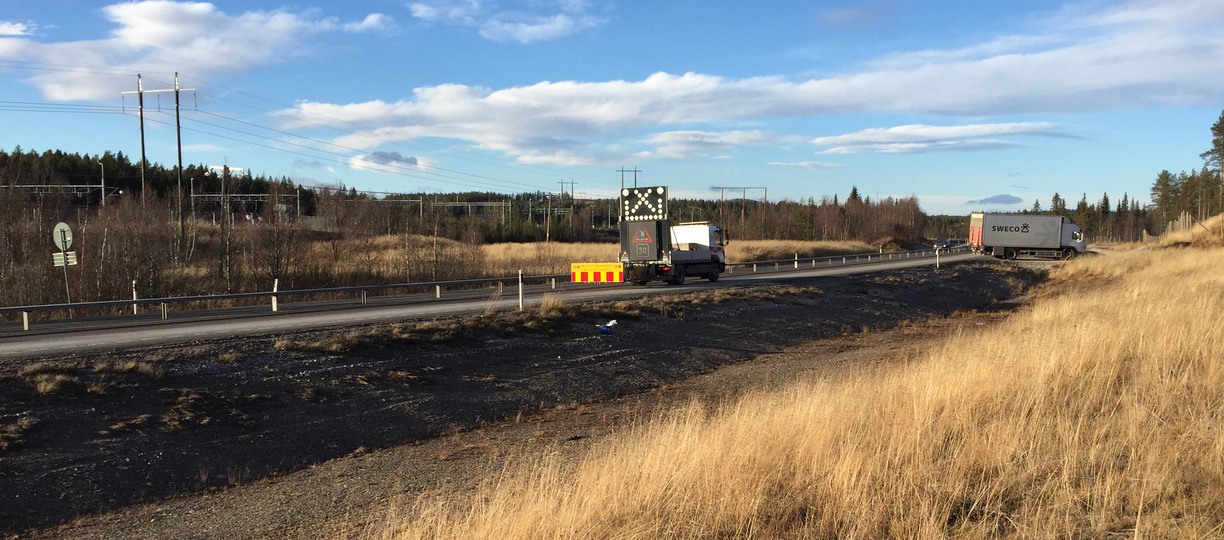
Spread and toxicity of PAH from tar asphalt roads
Up until the beginning of the 70s roads were mostly built using asphalt with coal tar as binder, so called tar asphalt. This tar asphalt remains under the wear layer in many roads both in Sweden and abroad and contains PAH which is both an environmental hazard and cancerogenic.
The question is how tar asphalt should be handled during maintenance of these old roads. It can either be reused in the roads on site or excavated and deposited at a landfill. These alternatives need to be weighed against each other.
The landfilling alternative involves production and transport of large quantities of asphalt and concomitant well understood environmental as well as fiscal costs. Conversely the environmental risks of retaining and reusing tar asphalt in the road system are relatively unknown. The purpose of this project is to create a basis for environmental risk assessments of reuse and retention of tar asphalt on site during road maintenance.
The project consists of two phases:
Phase 1: Research to clarify the mechanisms that control the environmental risk of reusing tar asphalt during road maintenance. The spread and bioavailability of PAH from tar asphalt will be studied both in the field and using laboratory experiments.
Phase 2: Development of material for environmental risk assessments in collaboration with interested governmental agencies. Life cycle assessment of the alternatives and guidelines for risk assessments of reuse and retention of tar asphalt during road maintenance.
Please feel free to contact us if you have any questions regarding the project or want to contribute in some way.
Martin Larsson, Jurate Kumpiene and Ivan Carabante
Contact
Martin Larsson
- PhD Student
- 0920-493800
- martin.larsson@ltu.se
- Martin Larsson
Updated:
